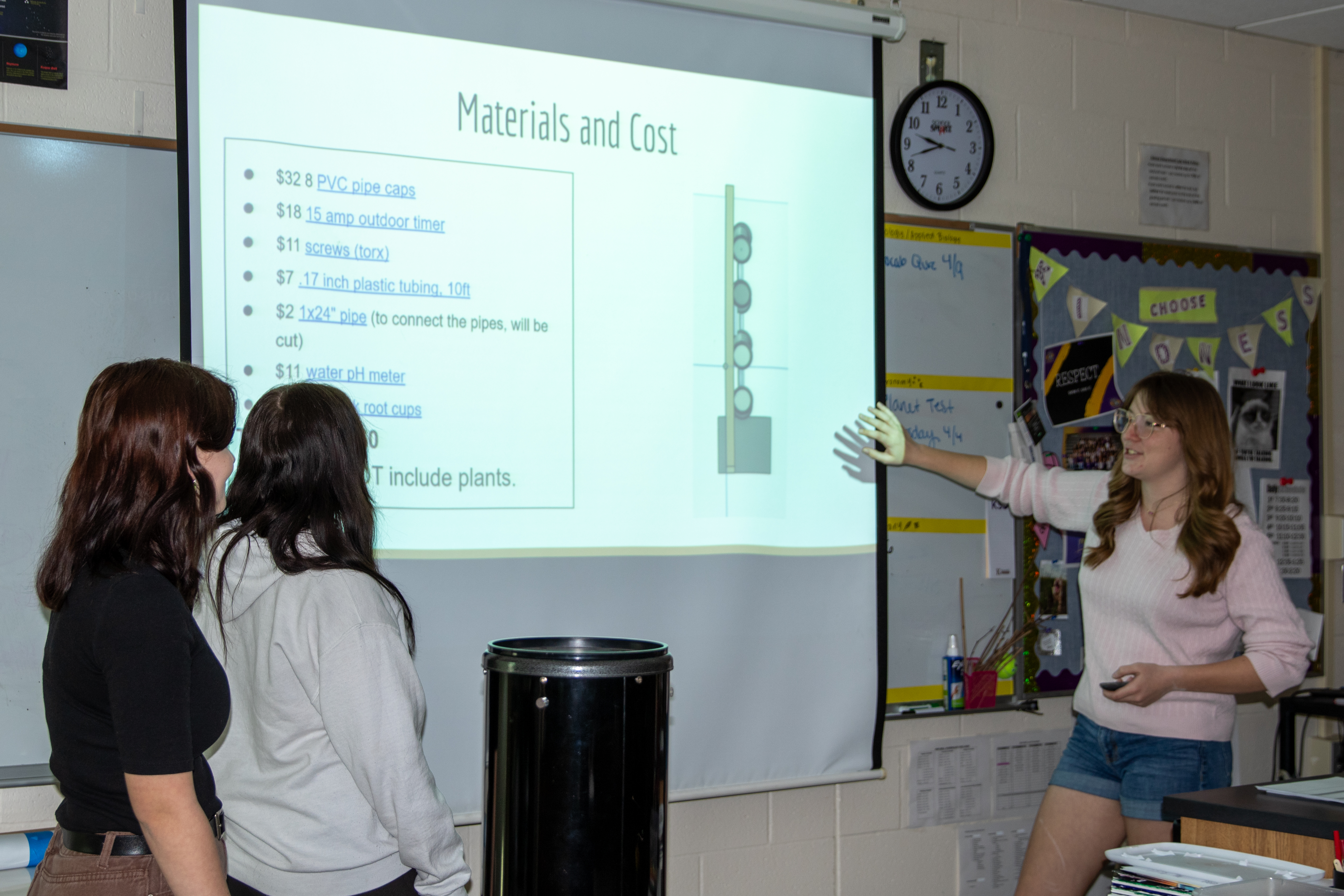Jumping into CCPs in a Science Classroom
The Do’s, the Don’ts, and the Things We Are Still Figuring Out

Science classrooms may not be the first place you look to complete a Client Connected Project, however it is DOABLE. Here is our guide to jumping into a Client Connected Project in a science classroom, including the do’s, the dont’s, and the things we are still trying to figure out.
The Do’s
- Generate momentum. Once you get started, keep the enthusiasm and maintain a timeline. Your students feed off of your energy!
- Project-based learning/team building beforehand. Give students an idea of what roles they can fill to capitalize on their interests and experiences.
- Let students guide the project and the results. This is a great chance for student growth!
- Scaffold. start small and grow, structured inquiry to freeform inquiry.
- Have a backup plan for students who are chronically absent and/or non-compliant.
- Document, document, document! Student hours, contact logs, running action item list, progress pictures
The Don’ts
- Bite off more than you can chew. Start small. You can always add to the plan.
- Do it alone. Your Real World Learning Coordinator is there to help you. Collaborate with your clients and coworkers.
- Give an end product. Let students organically grow their own vision
- Be afraid of mistakes. Be persistent, be flexible, and be willing to pivot.
- Be humble. Show off your students’ and YOUR accomplishments!
Things We Are Still Figuring Out
- How to incorporate into specific content classes
- How to manage time while balancing course standards and state testing
- How much freedom versus how much scaffolding in the classroom
- Where to get additional resources on a budget
Projects We Have Tried and Are Implementing
Biology/Health/Psychology
Mental Health – Students are tasked to work with an outside mental healthcare provider to come up with ways to destigmatize mental health while increasing awareness
Botany
Plant Sale—Students are tasked to research different plant types that can be grown in Missouri and what customers want to buy while maintaining a set budget.
Hydroponics—Students are working with outside clients to build a pitch for a hydroponics wall for an afterschool program
Raised Garden Beds—Students are working with an outside client to build a pitch for raised garden beds and pollinator gardens.
Biology
Zoo in a Tote: Students partner with a zoo to create curriculum that teachers can check out from the zoo through a curriculum library.
7th Grade Science
Solar Panels—Students make solar panels and attach them to homemade solar-powered cars. They then take a stance on whether solar energy is effective for the district and write letters conveying their stance to the school board.
